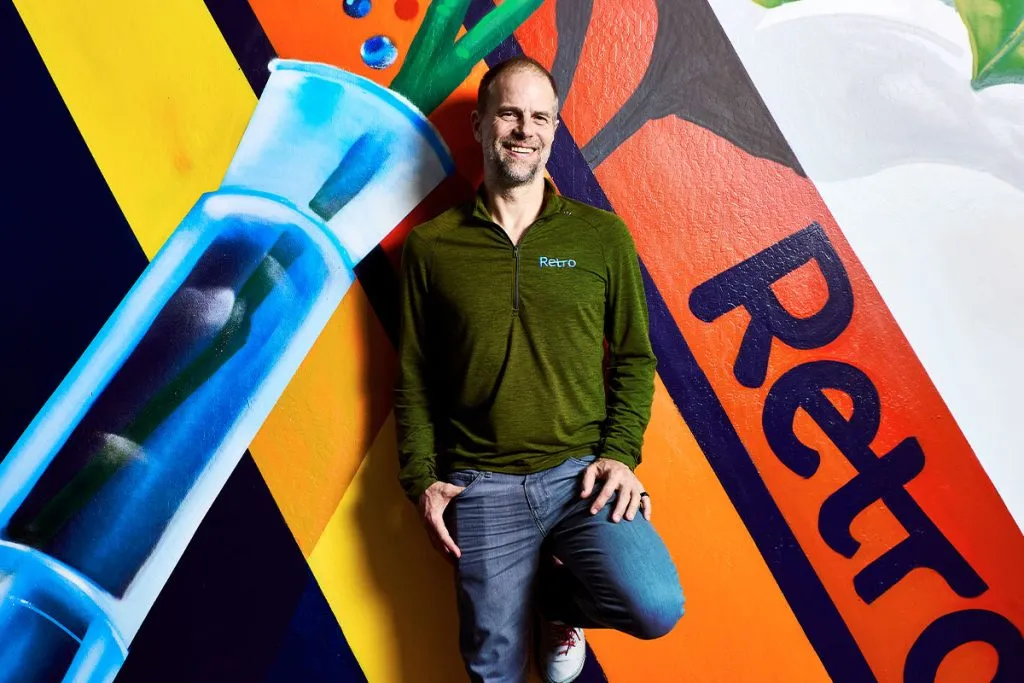Cellular reprogramming research collab with Retro Bio produced Yamanaka variants that may be more effective at reversing DNA damage.
Earlier this year, OpenAI and Retro Biosciences hit the headlines after it was revealed the companies were working together to enhance the longevity biotech’s research efforts in cellular reprogramming. OpenAI has now revealed more details about the collaboration – with early evidence suggesting it has enabled more efficient reprogramming of human cells into stem cells.
The collaboration centers on GPT-4b micro, a scaled-down version of OpenAI’s multimodal GPT-4o model that has been retrained for protein engineering. Retro Bio used the model to redesign two key transcription factors, which reportedly demonstrated more than a fifty-fold increase in expression of stem cell markers compared with wild-type controls in lab experiments. The company’s researchers also reportedly found that the optimized factors demonstrated improved DNA damage repair, a key indicator of cellular rejuvenation.
Backed by $180 million out of OpenAI founder Sam Altman’s own pocket, Retro Bio is on a stated mission to add 10 years to healthy human lifespan through the development of antiaging therapeutics. One of the company’s programs is focused on using cell transcriptomics to target multiple mechanisms of aging, prevent age-related diseases, and extend lifespan, building on Professor Shinya Yamanaka’s Nobel Prize-winning discovery that an adult cell could be reverted back into an embryonic stem cell by exposing them to a key group of protein transcription factors, now known as the Yamanaka factors.

The Yamanaka factors – OCT4, SOX2, KLF4, and MYC – are critical to the reprogramming process but are inefficient in their natural form, converting fewer than one in a thousand cells and often requiring weeks to take effect. Retro Bio used GPT-4b micro to generate “RetroSOX” and “RetroKLF” variants of SOX2 and KLF4, with OpenAI claiming that more than 30% of the AI-designed SOX2 variants outperformed the natural protein in initial screens, while nearly half of the KLF4 variants showed superior activity.
When combined, the RetroSOX and RetroKLF factors markedly accelerated the appearance of key pluripotency markers in human fibroblasts, with late-stage markers appearing days earlier than under the standard OSKM cocktail. Colonies derived from these cells also showed strong alkaline phosphatase staining, another hallmark of successful reprogramming.
Beyond efficiency, Retro and OpenAI explored whether the engineered proteins could better restore youthful function to aged cells. Using a DNA-damage assay, they found that cells treated with the RetroSOX/KLF cocktail accumulated significantly fewer double-strand breaks than those reprogrammed with the original Yamanaka factors. This reduction suggests that the variants may be more effective at reversing DNA damage, a central hallmark of aging.
According to the companies, these findings have been replicated across multiple donors, cell types, and delivery methods, with confirmation that the reprogrammed cells display both pluripotency and genomic stability.
OpenAI says that GPT-4b micro itself was trained on a mix of protein sequences, structural data, and contextual annotations such as evolutionary relationships and functional descriptions. This approach enabled the model to generate diverse sequences tailored for specific properties, even in proteins with large unstructured regions like SOX2 and KLF4.
“When researchers bring deep domain insight to our language-model tooling, problems that once took years can shift in days,” said OpenAI’s head of research partnerships Boris Power. “We look forward to seeing what other advances emerge as more teams pair their expertise with the models we’re building.”


